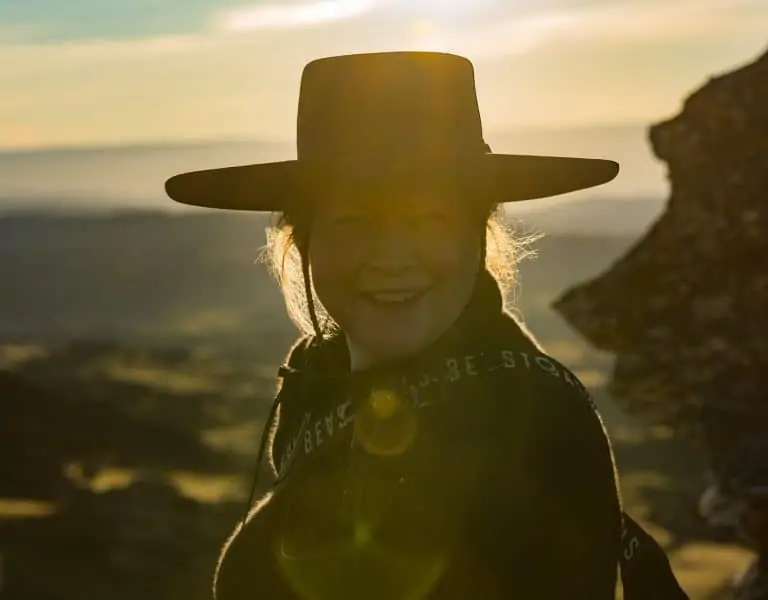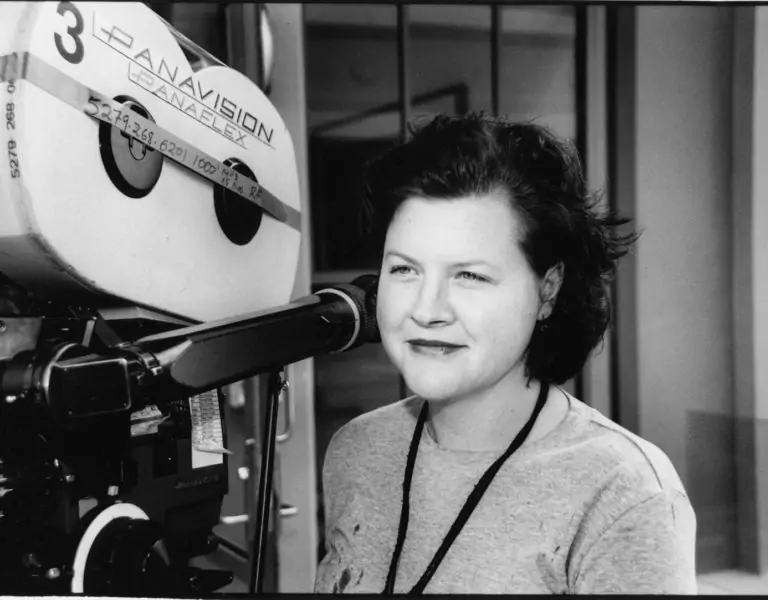Cold hard crash
Mandy Walker ACS ASC / The Mountain Between Us
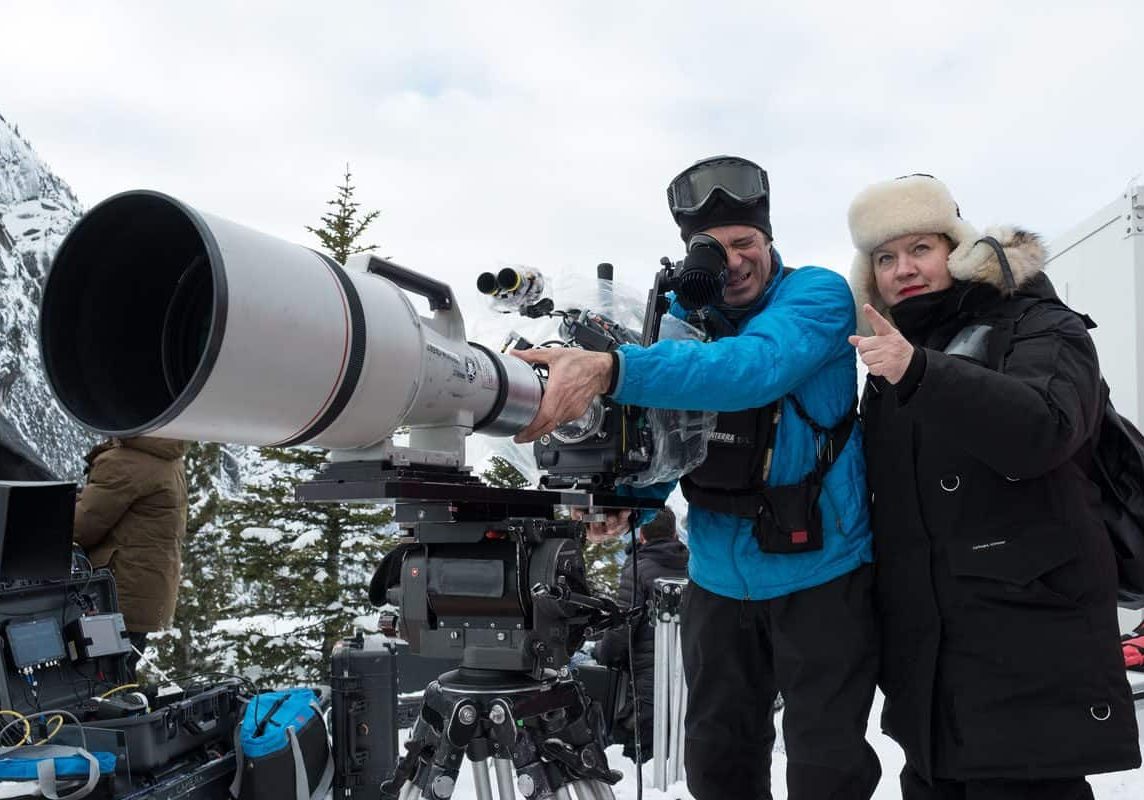
Cold hard crash
Mandy Walker ACS ASC / The Mountain Between Us
BY: Trevor Hogg
While attending the 2017 Toronto International Film Festival to promote The Mountain Between Us, Mandy Walker ACS ASC acknowledged that she comes from a country known for producing internationally renowned cinematographers such as John Seale, Russell Boyd, and Dean Semler. “If something is going wrong you work it out and get on with it,” remarks the native of Bundoora, Australia known for lensing Truth, Jane Got a Gun, and Hidden Figures. “We’re a resilient people.”
The Aussie ‘give it a go’ attitude came in handy for Walker while collaborating with filmmaker Hany Abu-Assad (Omar) on the cinematic adaption of the romance survival novel by Charles Martin which revolves around a photojournalist (Kate Winslet) and neurosurgeon (Idris Elba) stranded on a mountain after their plane crashes.
“I was already a fan of Hany Abu-Assad,” states Mandy Walker. “I had seen Paradise Now and Omar and loved those movies. I met with Hany and we spoke about the way he wanted to shoot this film, how he wanted it to be as real as possible, and to really take the actors to the 11,000 feet and be at minus 40 degrees. I said, ‘Great.’ I was up for the challenge. I felt like we were on the same page and liked his enthusiasm.”
Principal photography commenced on December 2016 at Vancouver International Airport and after a brief Christmas hiatus carried on into February 2017 with addition footage being shot in July 2017. The exterior wilderness scenes were primarily captured in remote areas requiring helicopter access situated on the border between Alberta and British Columbia. “Hany and I went to those locations three times and I took most of my crew with me on the third visit. Hany and I would stand there look at each location, and work out what was suitable to what was going on in the movie and what part of their journey we were on. My favourite place was called Mount Sally Serena and it’s where they come to the cave. It was the most spectacular view and was all in-camera. We picked places that didn’t need digitally augmented backgrounds.”
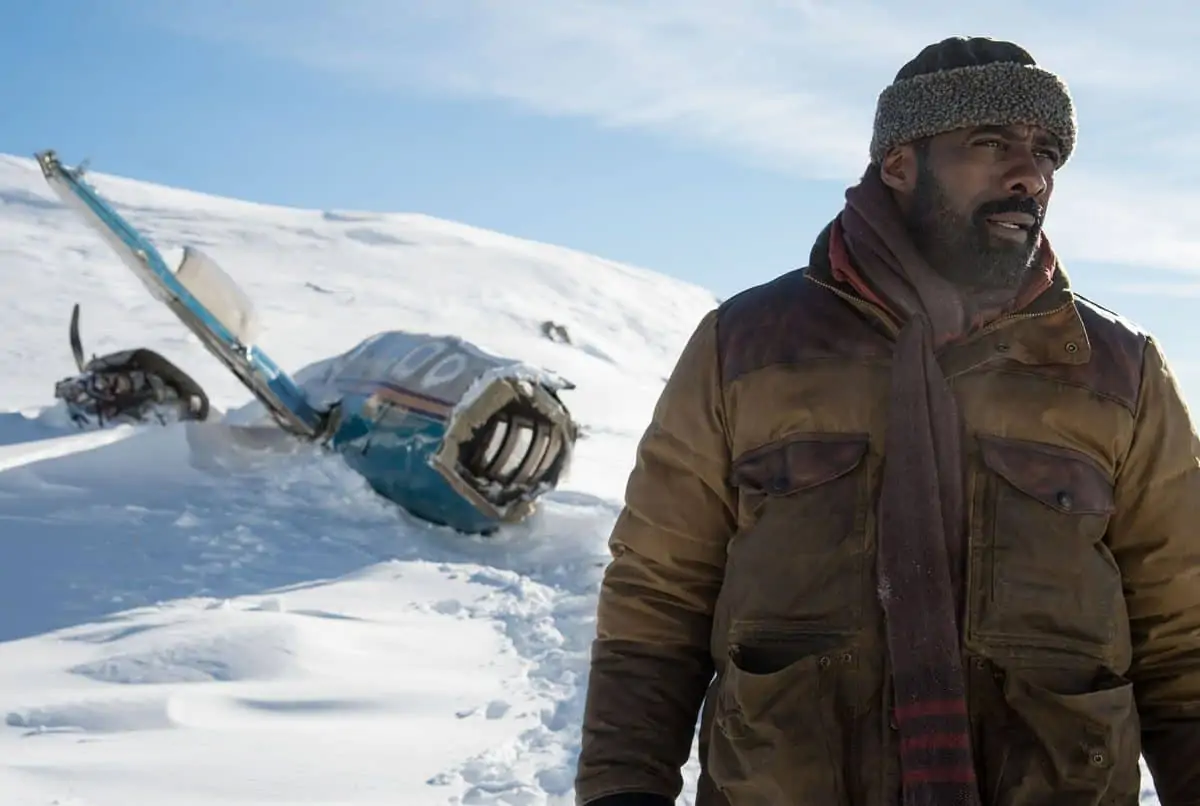
“The camera is moving nearly all of the time and Hany wanted it to be quite elegant moves so that we were doing the journey with the characters going down the mountain,” recalls Walker. “We couldn’t lay tracks in the snow because you would just destroy it and it’s difficult to get levelled tracks. When we were down below we would have access by road and drive in a tractor with a 50-foot Technocrane that could get through four or five feet of snow. We also made these sled dollies on snowboards that had a structure on top of them with a remote head which could be pushed. At the top of the mountain, the grips went up three days before with a helicopter, sling and basket. They took a crane up piece by piece and put it together.”
Preparations were made to minimize the impact of the frigid weather on the camera equipment. “I had an amazing crew who were all totally on board with working this stuff out. We had all of the lubrication changed in lenses. They were all recalibrated in the temperature that we needed to shoot. When we got to location, Doug Lavender, my first AC, and the camera department took the cameras outside in the temperatures and recalibrated all of the markings for focus. The camera wasn’t rolling but was turned on for 24 hours a day otherwise it would freeze.”
“I had done some testing at Whistler out of Vancouver with the snow and decided that we were going to shoot digital,” remarks Mandy Walker. “I took two stand-ins up to Whistler in the white snow who had similar skin tones to Idris Elba and Kate Winslet. I realized that the Alexa 65 held the detail much better in the white and skin tones. For the 65mm I used the Panavision Sphero 65 lenses which are the old Lawrence of Arabia lenses. They’re spherical and have similar aberrations to the anamorphics. On the interiors, I used the 35mm C series anamorphics from Panavision with the Arriflex cameras. Then the two systems matched really well because the 6K and the 3.2K both end up 2K so you can’t really notice the differences.”
“No lighting equipment was taken onto the mountain. I had some bounce cards for when Idris and Kate needed a bit of fill light. In the interior of the airplane we setup a big lightbox that had SkyPanels in it so that we could change the colour temperature easily. Then we would push SkyPanels through the windows if we were making the light slightly more directional. For the cabin, we setup a big white backdrop, I had trees in the interior and was pushing through soft light from T12s.”
"For the exteriors on the mountain we had two cameras going all of the time... It was scary. The thing about being in those real places like that is it shows and you can tell that you’re really there."
- Mandy Walker ACS ASC
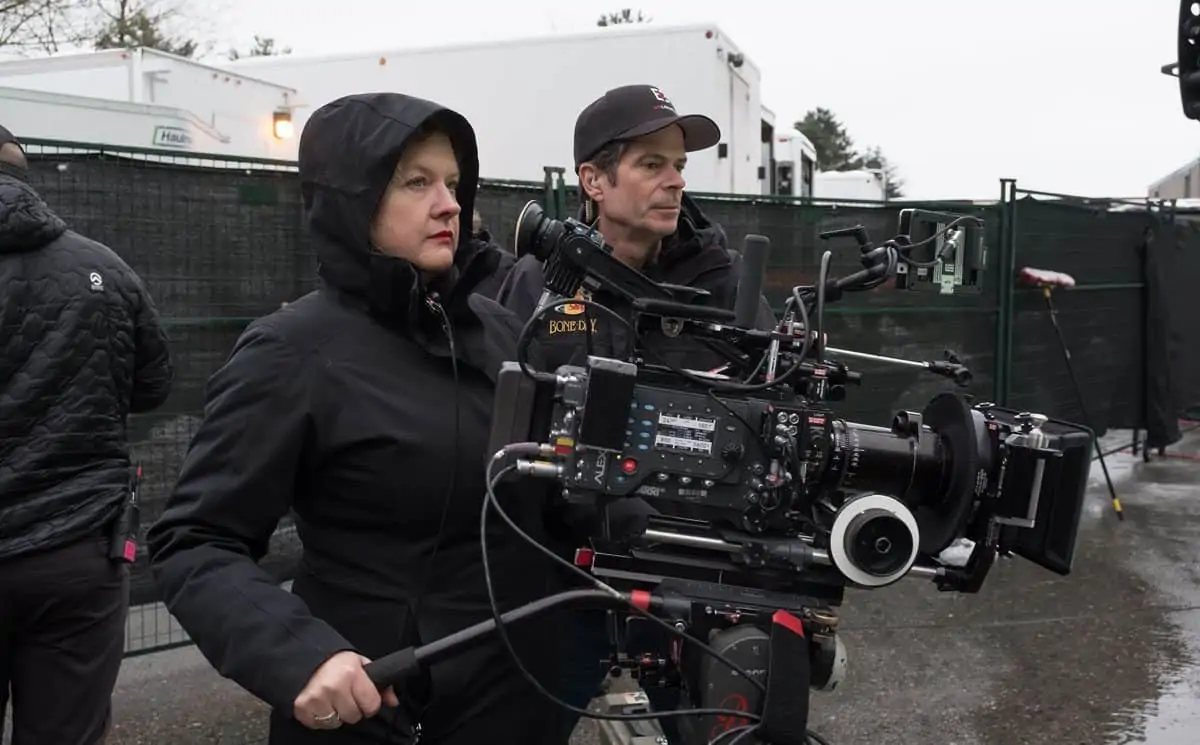
About three days was spent trying to figure out how to shoot the plane crash. “We had two days of rehearsal, one day with stand-ins and the camera, one day with the actors, and one day of shooting,” explains Walker. “The fuselage was on a gimbal. The camera was on a iBEAM which is like a track inside the airplane from the ceiling and as it moved back to the front of the airplane the whole instrument panel and front of the plane moved away so the camera could come and get a wide shot. As it moved back in it all joined back together as well as moving up and down and side to side and shaking. Our dolly grip was sitting next to the window so he could watch the camera move and make sure it wasn’t going to hit the actors in the head. The gimbal was inside a big white tent.”
The fuselage was made of separate pieces that were wired to come apart. “We had an Alexa Mini anamorphic on the end of a Technocrane on a mini Libra stabilized head. That became the smallest piece of equipment that we could get but still be able to move the camera inside the fuselage and do tracking shots. Then when we moved around to get close-ups, the camera would telescope in and turn around. We worked off that pretty much the whole time.”
The interiors of the plane were shot before the exteriors. “We fogged the windows, had frost and snow on them so if we were on location and it was sunny the light would be diffused.”
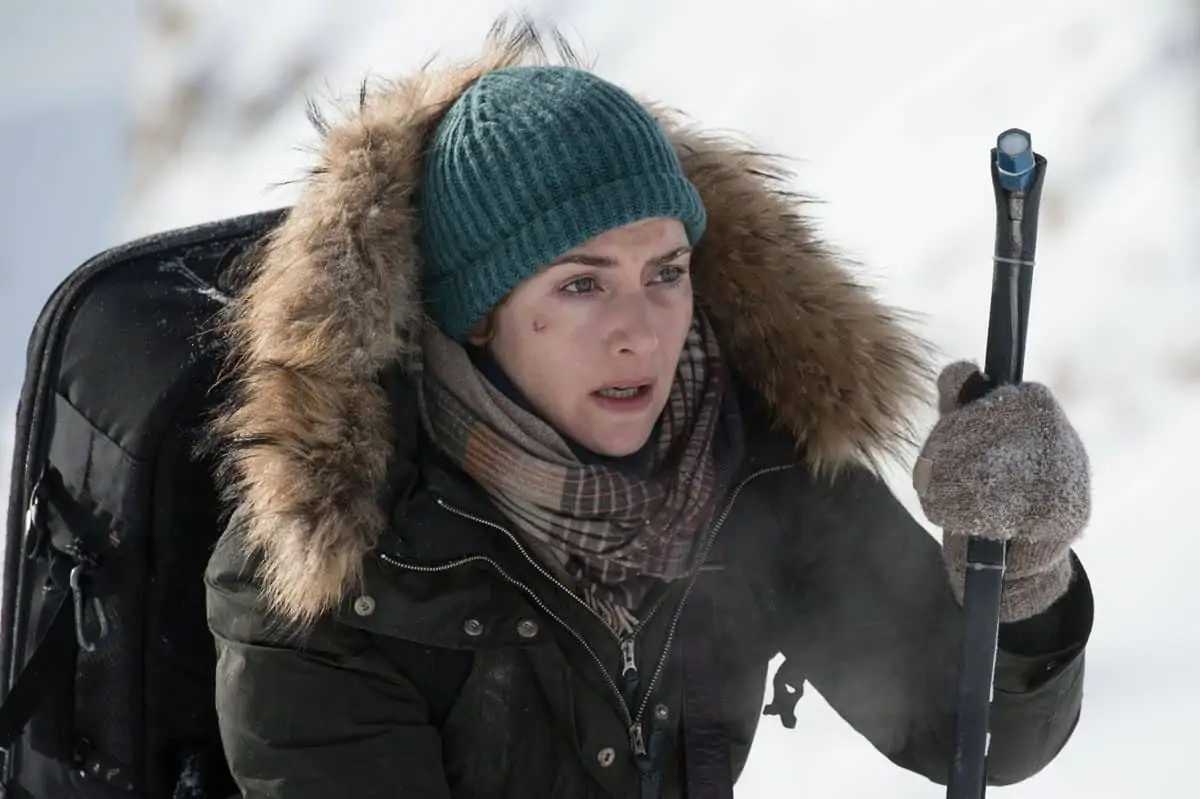
Key crew members included A camera/Steadicam operator Peter Wilke, first assistant camera Doug Lavender, gaffer Stuart Haggerty, and grip Mike Kirilenko. “We were on one camera for interiors and for the exteriors on the mountain we had two cameras going all of the time,” states Walker. “We captured the footage without it looking like a documentary. There’s no handheld and only a couple of Steadicam shots. Peter Wilke said the hardest Steadicam shot he had ever done in his life was following Idris up the mountain and walking around him 360 degrees upon reaching the peak. The top of the mountain was about 12-foot wide and Peter was there with two grips dressed in white paint suits. Peter’s foot fell into a little bit of a hole and they had to lift him up. It was scary. The thing about being in those real places like that is it shows and you can tell that you’re really there.”
“The scene when Kate falls into the lake we had an eight-foot tank underground with heated water,” reveals Mandy Walker. “I remember in preproduction saying, ‘We can’t get her coming out of the water wet at minus 20; she’s going to freeze and get hypothermia.' We thought we would have to do it on a stage and Kate said, ‘I’ll do it.’ Hany said, ‘You only have to do it once.’ We get there, have all of the cameras rolling, Kate does it once and comes out saying, ‘Hany, do you want me to do it again?’ Idris had to pull her out of the water wet so it was a difficult scene. The tank was built three weeks before so that the snow could dress on top of it. Stuff like that we really thought about. Getting the crane into locations because we had to try not to make footprints as well. You couldn’t in the snow. Sand is easier but by the time you try to redress the snow it looks worse. We would shoot every rehearsal because it was the first footprints. If we had to do it again the actors would move over and at the end of the movie painted out the footprints in CGI.”
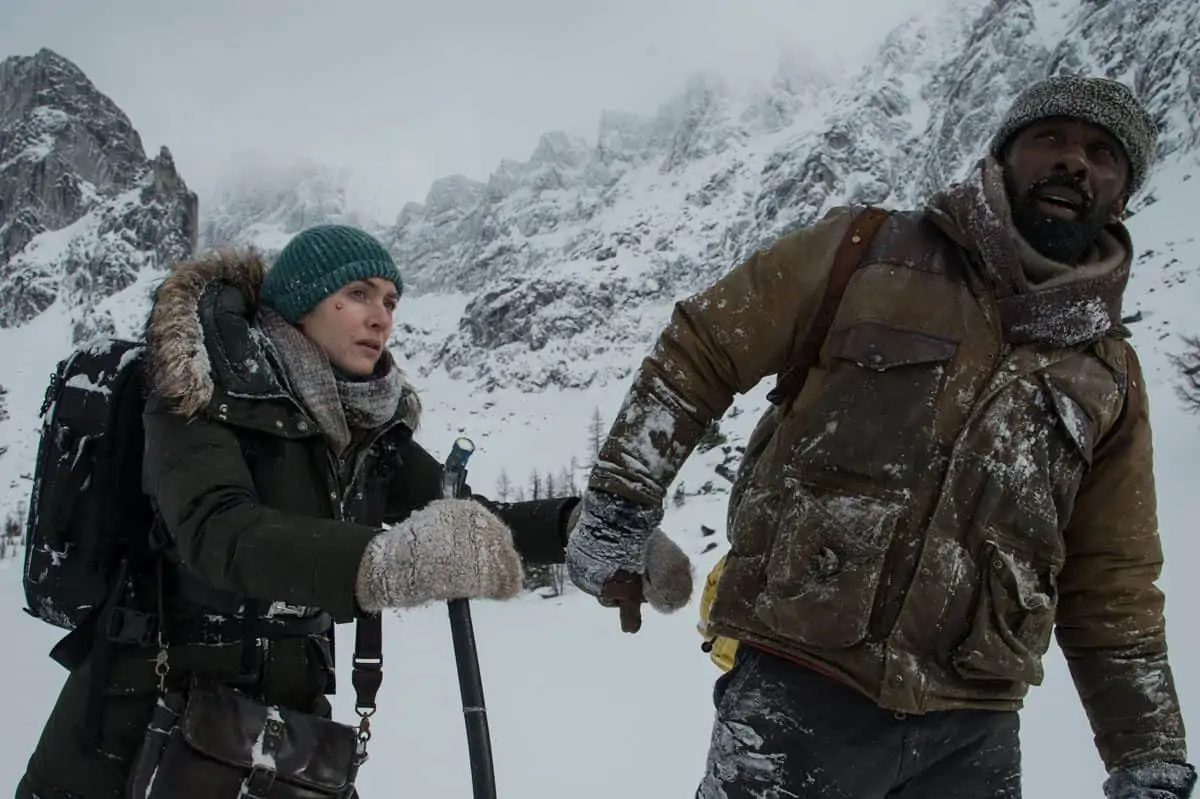
Efilm handled the grading with colourist Natash Leonnet making use of Lustre. “We didn’t change the colour pallet very much from the way we set on set,” remarks Walker. “We had CDLs. We had a LUT that we worked to and would adjust slightly. Then we had dailies being coloured that would match up the cameras and making sure it was all consistent. I don’t think we changed a lot. The only thing that we did in the DI was certain scenes that were more dramatic we pushed them to different times of day. We would make them a bit more blue and darker to work with the flow of the way the film was edited.”
Efilm had a major challenge with the aspect ratio. “I had a whole document from postproduction on how they would get the film to 2.40 as the final delivery. The anamorphic comes out like that and the 65mm you shoot 2:1 so we cropped inside of 2.40 but the way they got it into the final DCP was quite complicated.”
“I’m thinking about using the Alexa 65 on the next movie as well,” states Mandy Walker. “I loved it. There are lot of lens choices for that camera and you can also shoot anamorphic. I think The Hateful Eight used the anamorphic series of lenses for that camera. Especially, for on top of the mountain, the wide shots on that camera looked epic. The detail and contrast ratio was amazing, and really shows when you see it on the big screen.”
A favourite scene is Kate Winslet falling into the lake captured on location and the subsequent underwater sequence shot with a water tank onstage. “We fogged the whole valley with smoke. It worked and set beautifully. I loved the way that Kate really got out of the water. I have to praise the actors for being brave to do everything for real. I loved working with Hany and he’s a special director. My crew was fantastic. I love a challenge and to do films that are different than each other. You’re always up against something you haven’t done before on movie.”

